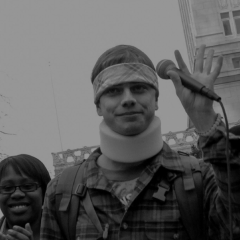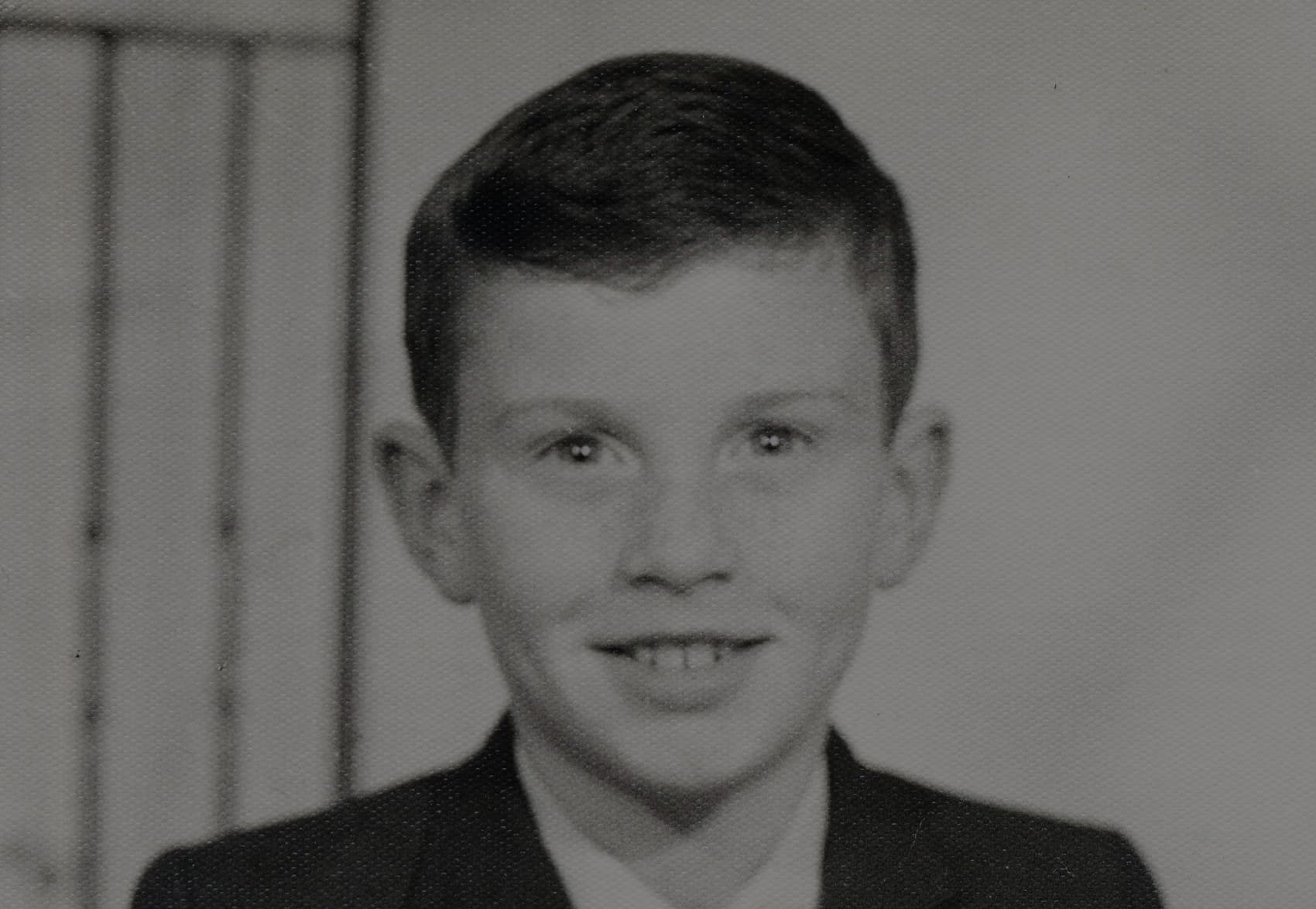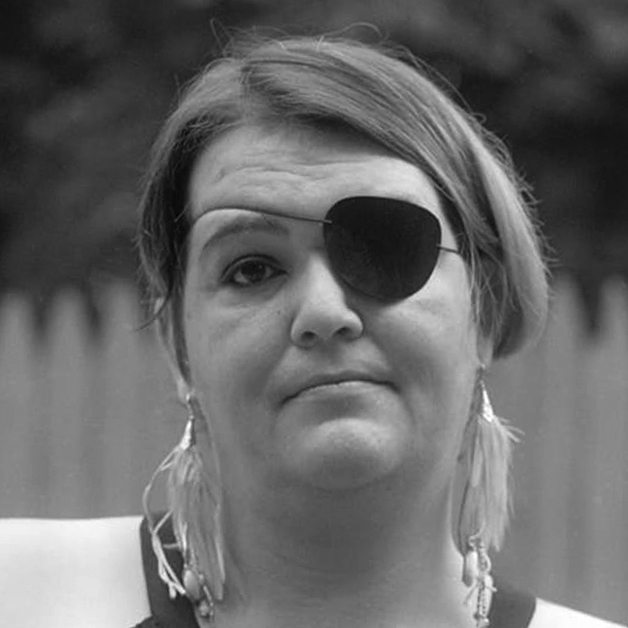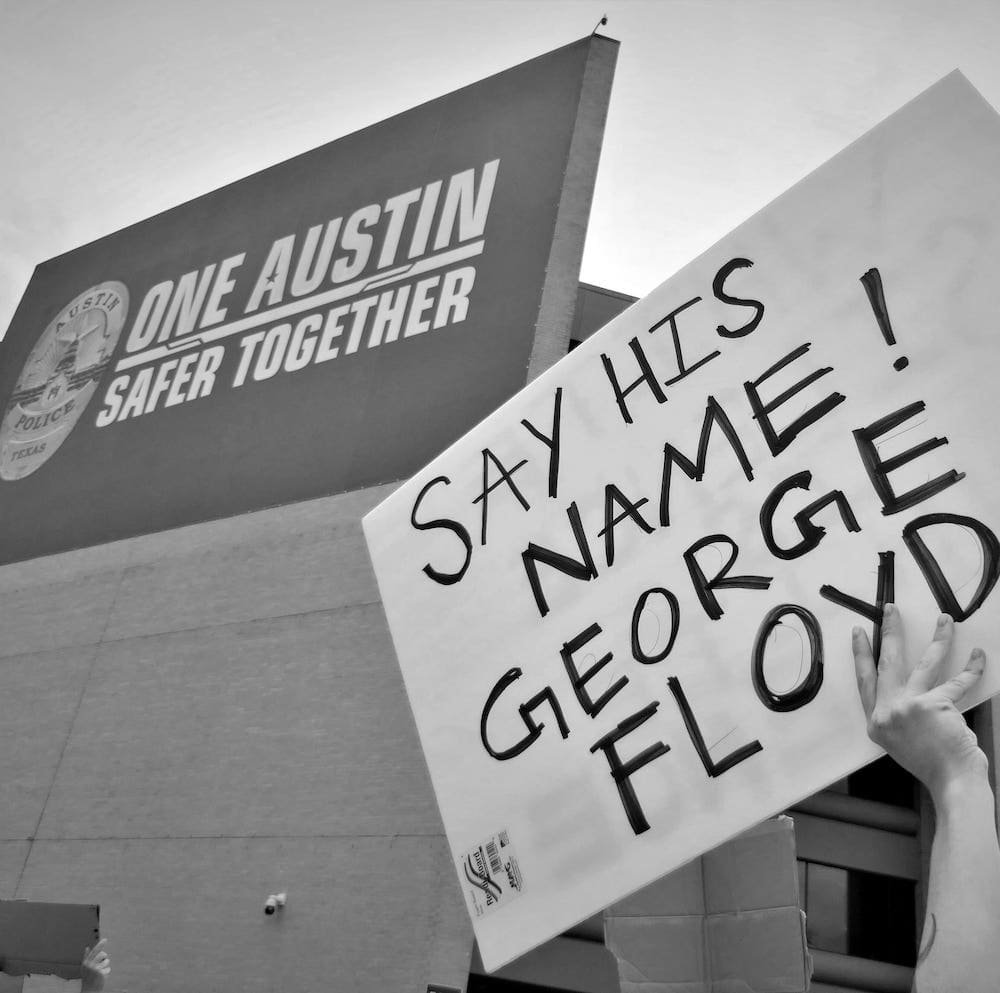PART I - Scott Olsen“I DIDN'T REALIZE HOW BAD IT WAS.”

Shot in the head by police firing bean-bag rounds at demonstrators, this veteran awoke from a coma, returned to protesting, and became a symbol to the Occupy movement. Ten years later, he represents a life shattered by the misuse of less-lethal munitions.
READ PART IPART II - Andre MillerWhat is a rubber bullet?

Less-lethal munitions come in all shapes and sizes and can leave behind devastating wounds. Victims of KIPs often don’t know what hit them, unless — like this Black Lives Matter protester — there’s shrapnel left behind.
READ PART IIPART III - Richard MooreThe original rubber bullet

This 10-year-old from Derry, Northern Ireland was shot in the face with a rubber bullet while running home from school, an attack that blinded him for life. In the decades since, the U.K. has turned away from less-lethal munitions while U.S. law enforcement has increasingly embraced them. Why?
READ PART IIIPART IV - Victoria SnelgroveWhen Things Go Wrong

Everyone knew if the Red Sox ever beat the Yankees, Boston would burst. But what actually happened when they finally won exceeded people's worst fears. How a euphoric riot, a lack of police training, and an untested less-lethal weapon left a woman dead and city leaders seeking answers.
READ PART IVPART V - Linda TiradoThe Injustice of Suing the Police

Shot with a less-lethal round while photographing police officers during 2020’s protests in Minneapolis, this journalist was blinded for life. Then came the long, isolating pursuit of justice and accountability that made her pain even worse.
READ PART VPART VI - AUSTIN'S 8TH ST. VICTIMSLess Lethal, Still Deadly

After two days of protests, hundreds of bean-bag rounds fired, and dozens of grievously injured victims, a showdown is looming in Texas between law enforcement and the law.
READ PART VIVictoria SnelgroveWhen Things Go Wrong
BYLinda Rodriguez McRobbie
David L. Ryan / The Boston Globe / Getty
“Just pull the trigger”
Training daze
There is no national agency that mandates training, safety procedures or standards, or use-of-force policies. Nor is there a national standard for training or certifying officers in the use of less-lethal weapons.
Untested tools
“Police currently have too little solid information about the capabilities of various less-lethal tools, as well as their dangers and limitations.” — Police Executive Research Forum, February 2022
Looking away from the problem
“When I taught de-escalation, it was, ‘Oh, this is one of those hug-a-thug classes,’” recalls Sgt. Donnell Walters. “Excuse me? Wow.”
“Boot-camp style police academies”
Police in every country grapple with this uncertainty, but in the United States, law-enforcement officers face an additional worry: guns. America leads the world in gun ownership, with 120.5 guns per 100 citizens.
The myth of the non-lethal weapon
PART I - Scott Olsen“I DIDN'T REALIZE HOW BAD IT WAS.”

Shot in the head by police firing bean-bag rounds at demonstrators, this veteran awoke from a coma, returned to protesting, and became a symbol to the Occupy movement. Ten years later, he represents a life shattered by the misuse of less-lethal munitions.
READ PART IPART II - Andre MillerWhat is a rubber bullet?

Less-lethal munitions come in all shapes and sizes and can leave behind devastating wounds. Victims of KIPs often don’t know what hit them, unless — like this Black Lives Matter protester — there’s shrapnel left behind.
READ PART IIPART III - Richard MooreThe original rubber bullet

This 10-year-old from Derry, Northern Ireland was shot in the face with a rubber bullet while running home from school, an attack that blinded him for life. In the decades since, the U.K. has turned away from less-lethal munitions while U.S. law enforcement has increasingly embraced them. Why?
READ PART IIIPART IV - Victoria SnelgroveWhen Things Go Wrong

Everyone knew if the Red Sox ever beat the Yankees, Boston would burst. But what actually happened when they finally won exceeded people's worst fears. How a euphoric riot, a lack of police training, and an untested less-lethal weapon left a woman dead and city leaders seeking answers.
READ PART IVPART V - Linda TiradoThe Injustice of Suing the Police

Shot with a less-lethal round while photographing police officers during 2020’s protests in Minneapolis, this journalist was blinded for life. Then came the long, isolating pursuit of justice and accountability that made her pain even worse.
READ PART VPART VI - AUSTIN'S 8TH ST. VICTIMSLess Lethal, Still Deadly

After two days of protests, hundreds of bean-bag rounds fired, and dozens of grievously injured victims, a showdown is looming in Texas between law enforcement and the law.
READ PART VI